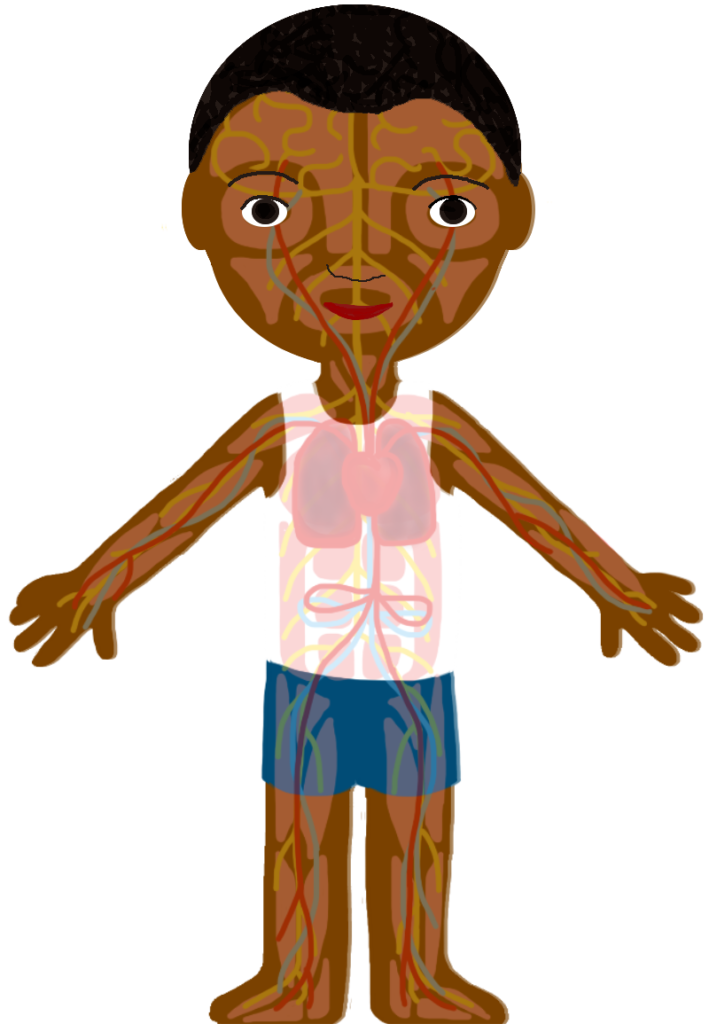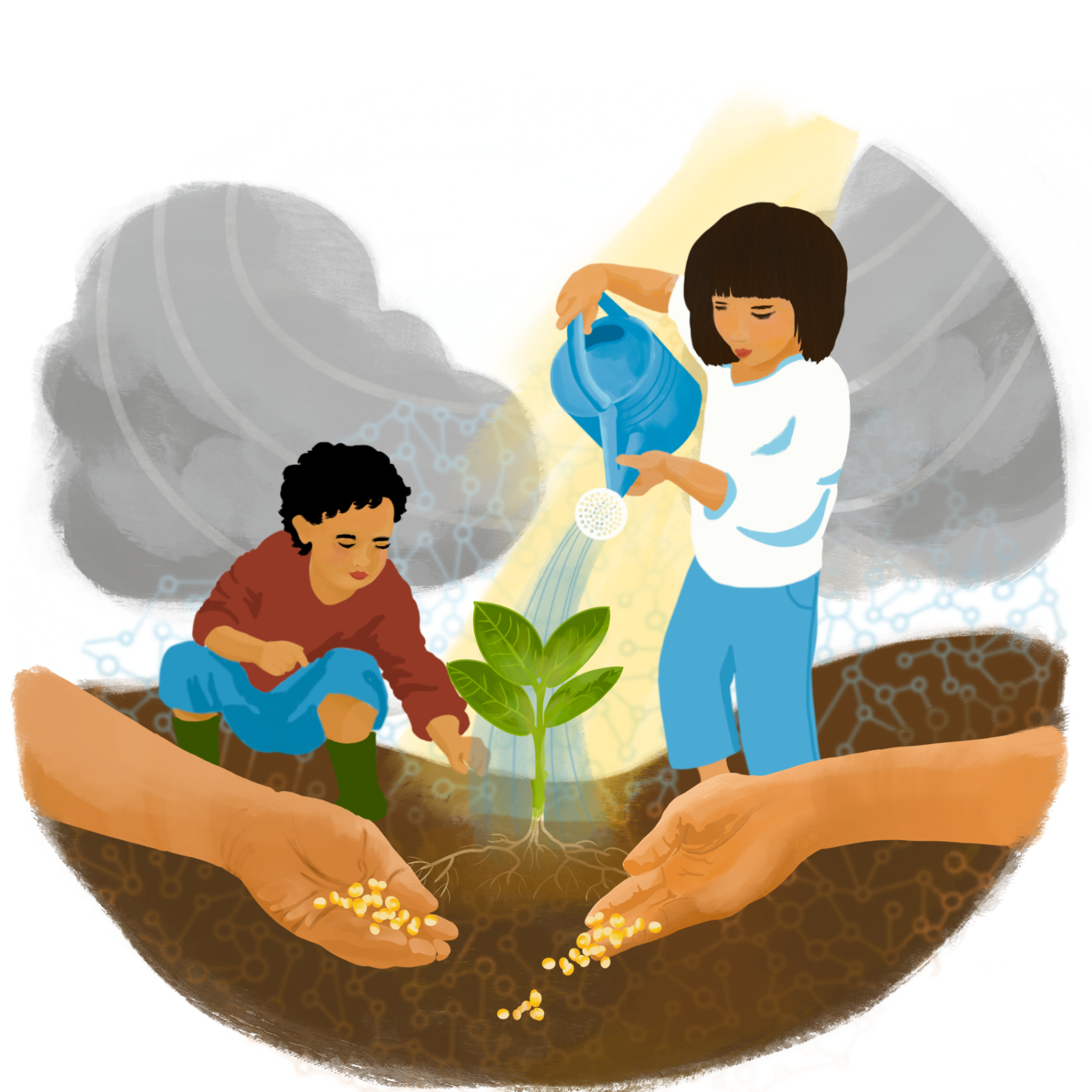Drawing hopeful pictures
In times of crisis, our bodies and minds are often on the alert for potential threats. This is why it takes extra effort to pay attention to things beyond what we are worried, anxious or angry about. This extra effort is worthwhile! Making a point of talking with each other about people, places, activities and thoughts connected with wellbeing can help “balance the scale” between distress and wellbeing. Just notice the difference in people’s voices, breathing and posture when they tell you about something they love. In times like now, it’s easiest to remember our sources of strength if someone else is curious to hear about them!
Question for children: Can you draw me a wish picture? Of something that you want to do when we don’t have to stay inside all the time anymore?
Be curious about things you see in your child’s drawing.
What do you notice as your child tells you about their picture? Do you see any changes in their facial expression, voice, breathing or muscle tension?
Does your child make any gestures that express hope or happiness?
If you child shows signs of joy, strength or hope, tell them what you notice – in them and in yourself!

When we talk about things we are wishing for, sadness can also come up. This is absolutely OK. Being able to hold both feelings – hope and longing – strengthens our resilience. If your child feels sad, you will be able to comfort them. Being able to show sadness and finding comfort gives children strength and confidence in their ability to deal with unpleasant feelings.
WHAT CHANGES DO YOU NOTICE?

Face – relaxed or tense?
Breathing – shallow or deeper?
Muscles – loose or tight?
Voice – soft or “pressed”?
If you’d like to, you can take some time to pay attention to any pleasant changes that you notice in your child, and in yourself. This can help the nervous system kick-start it’s natural “recovery mode”. The more we focus on pleasant sensations in the body, the stronger they can become. However, if you notice unpleasant sensations, don’t press yourself or your child to notice them. Unpleasant feelings have enough intensity all on their own. Find a way to comfort your child, with a hug, or by returning to something in their picture that gave them a particular sense of strength or joy.









